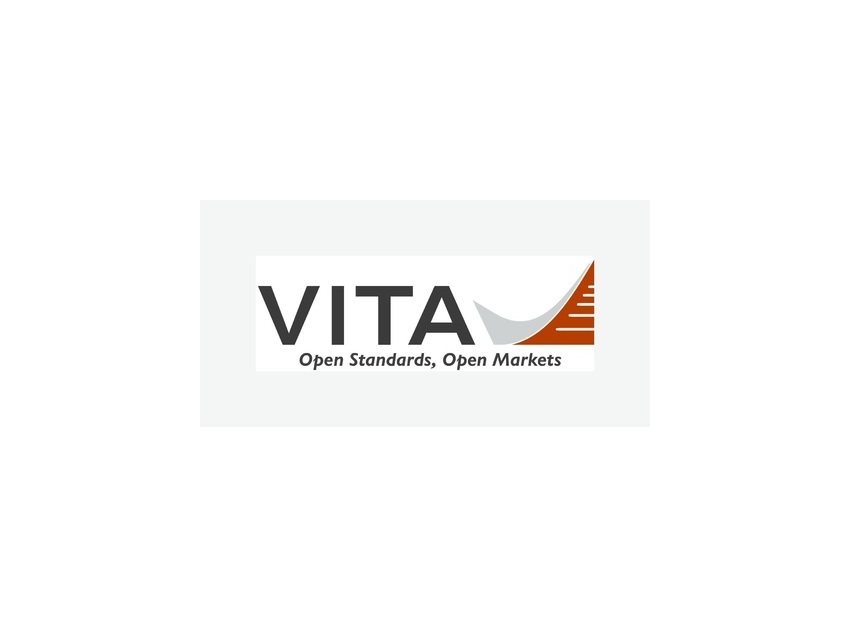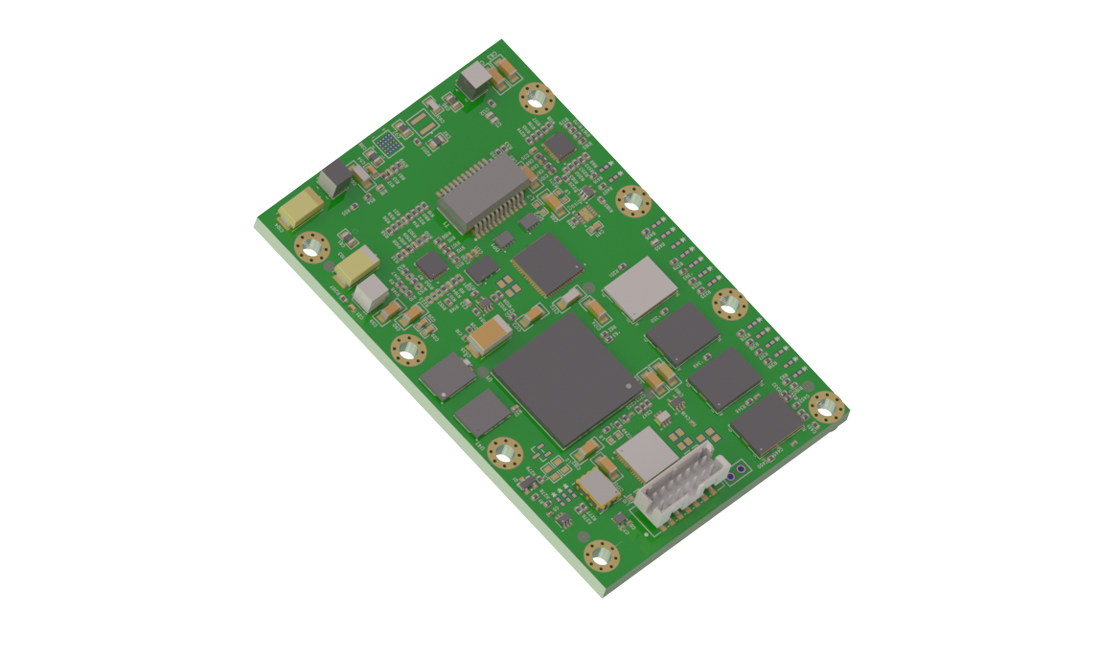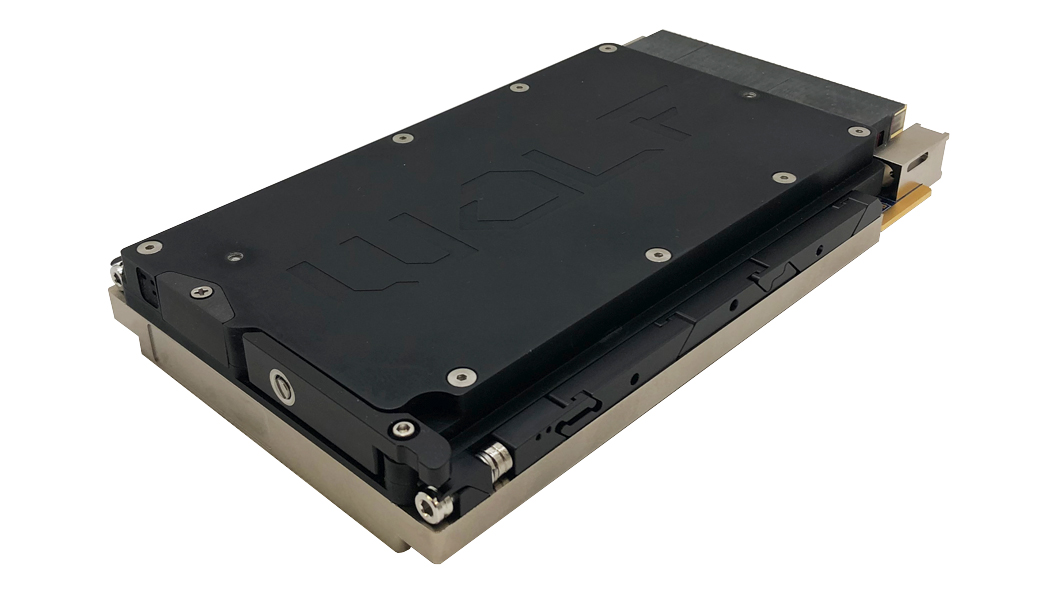| The LDRA dialog and connector to IBM Rational Rose RealTime is straightforward |
Wirral, UK – 28 August 2009. LDRA®, the leading provider of automated software verification, source code analysis, and test tools, has integrated the LDRA tool suite with the IBM Rational Rose RealTime model-driven development environment. This integration introduces LDRA’s powerful code quality analysis and code coverage techniques into the domain of model-driven development (MDD) using Unified Modeling Language (UML). The LDRA tool suite supports the analysis, instrumentation, and testing of both auto-generated and user-created source code both from within the Rose RealTime user interface or the LDRA development environment.
Rose RealTime has a proven track record of delivering high-quality embedded applications by supporting MDD benefits such as abstraction, encapsulation and distribution. LDRA’s integration of this environment with the LDRA tool suite combines the strengths of both environments. The integration creates a complete solution which allows models to be checked against coding standards such as MISRA, to be analyzed for potential quality problems, and to be instrumented at the source code level so that model-driven tests deliver coverage metrics alongside test results.
LDRA produces code review, quality review and coverage overview reports that attach to the UML component, ensuring that analysis and testing can be carried out from within the Rose RealTime development environment. Alternatively, the generated source code can be automatically loaded into the LDRA tool suite, allowing the full range of analysis techniques to be applied or unit testing to be executed.
“Although model-driven development is a powerful technique, every model includes a certain amount of hand-crafted code, whether created directly within the model or obtained from a third party,” commented Ian Hennell, LDRA’s Operations Director. “Because of this, the need for code-rule checking and quality analysis remains, even if confidence in the auto-generated code limits this to only a percentage of the complete code base.”
Analysis by the LDRA tool suite can highlight implementation issues during design, allowing them to be fixed before they become a problem. When Rose RealTime capsules and classes are ready to be tested, the LDRA tool suite can instrument the associated source code, offering metrics on the effectiveness of the tests and identifying untested branches and unreachable code. If necessary, code can be transferred to the LDRA tool suite for unit testing to exercise routes through the code which otherwise remain untriggered.
LDRA’s integration of the LDRA tool suite with the IBM Rational Rose RealTime development environment has been written and tested using IBM Rational Rose RealTime v7.0. The integration leverages the makefile and source code structures generated under a UML component so that, while these structures remain unchanged, the integration is forward and backward compatible. For more information about the integration, visit www.ldra.com/integrations.asp or e-mail [email protected] for more details.
# # #
About the LDRA tool suite
The LDRA tool suite has been derived from many ground-breaking testing techniques developed by LDRA. The LDRA tool suite assists with the eight primary tasks: traceability verification, design, code and quality review, unit testing, target testing, test verification and test management. Focus on these key areas is required to achieve a company’s software development and maintenance goals. The LDRA tool suite can be used by an entire project team—developers, QA managers, test engineers, project managers and maintenance/support engineers—to automate the software development lifecycle. Through the deployment of the LDRA tool suite, companies are able to deliver well-constructed, documented and tested software, and benefit from significant time, cost and operational savings. For more information on the LDRA tool suite, please visit: www.ldra.com.
About LDRA
For more than thirty years, LDRA has developed and driven the market for software that automates code analysis and software testing of safety-critical, mission-critical and business-critical applications. The LDRA tool suite is widely used in the aerospace, space and defense technology, nuclear energy and automotive industries. Through the use of the LDRA tool suite, companies ensure that their systems are built in accordance to prescribed industry standards and are durable and reliable in use. The LDRA tool suite is available for a number of programming languages over a wide range of host and target platforms. Boasting a worldwide presence, LDRA is headquartered in the UK with subsidiaries in the United States and an extensive distributor network. For more information on the LDRA tool suite, please visit: www.ldra.com.







